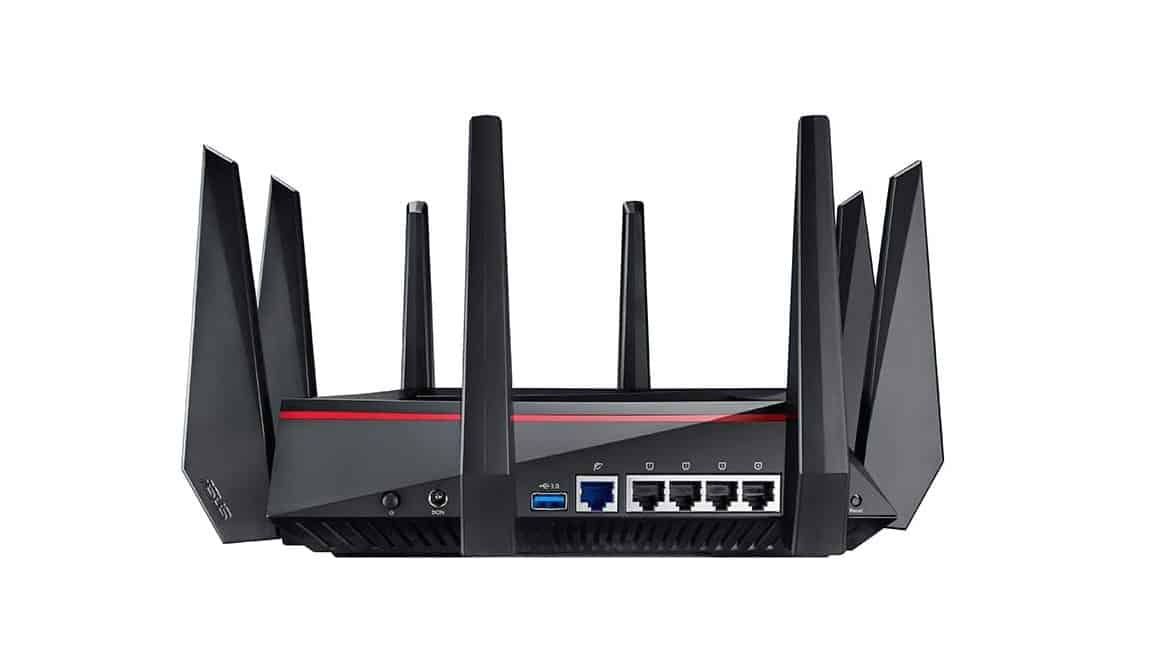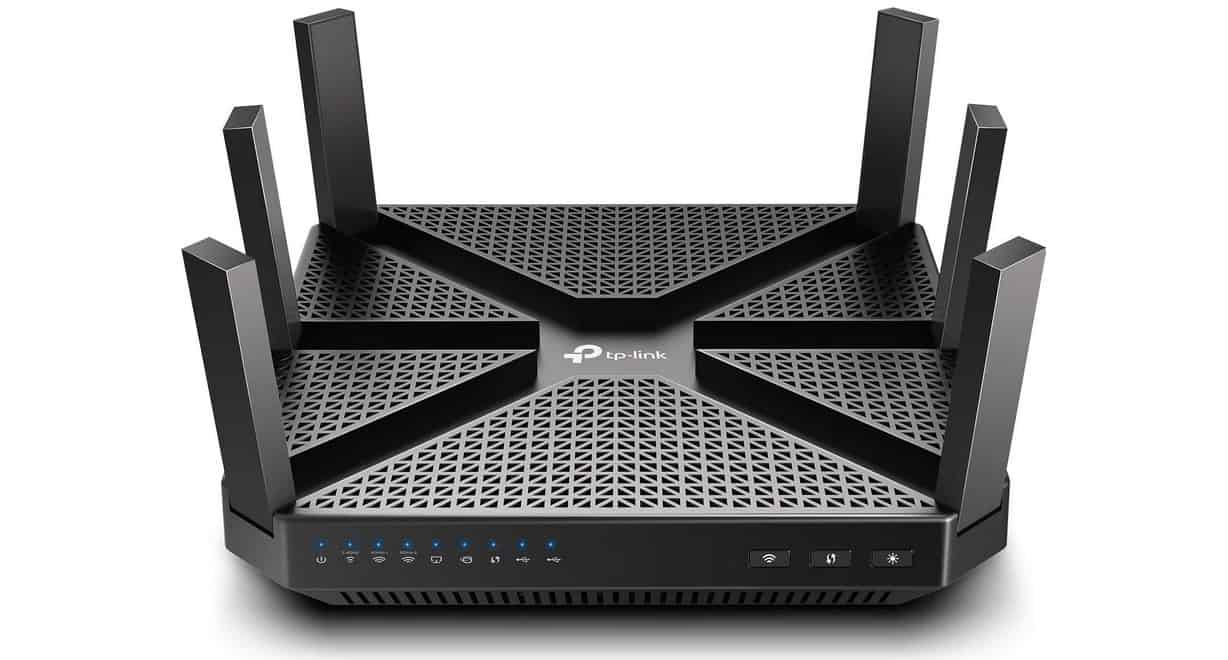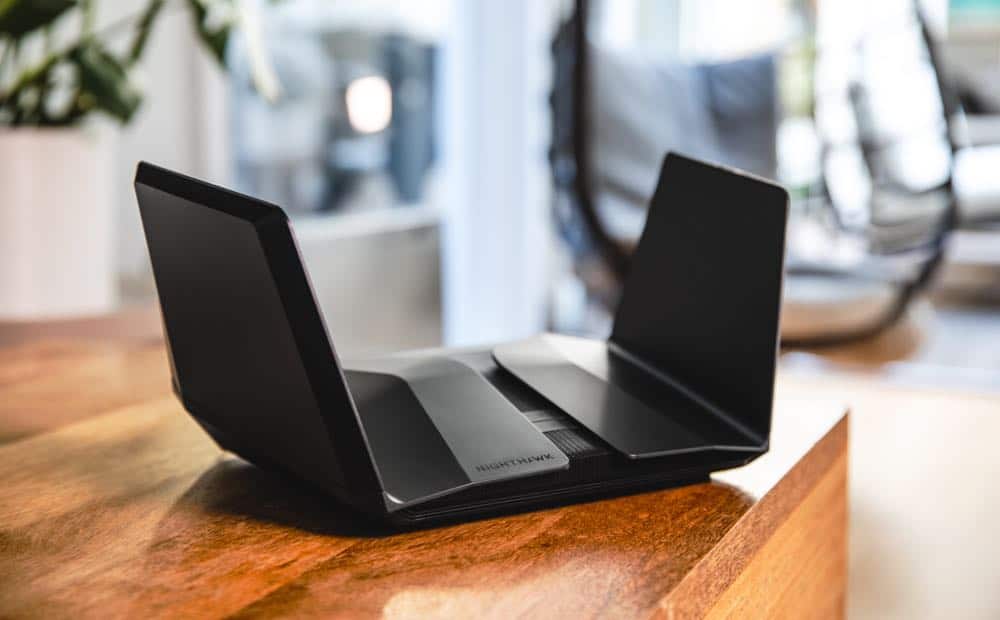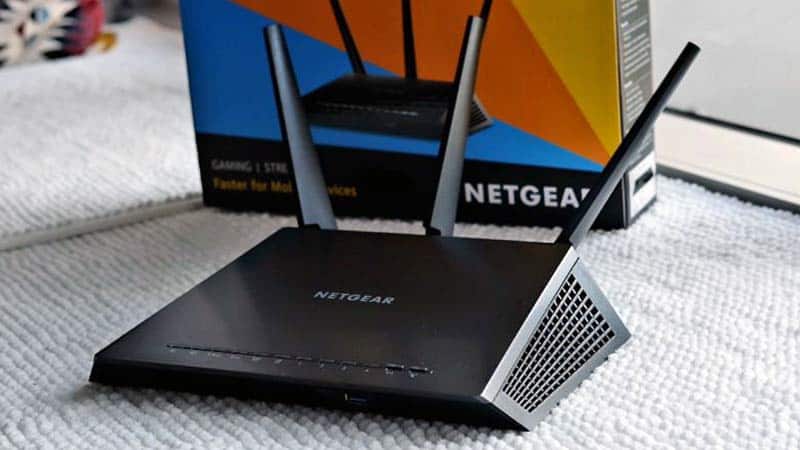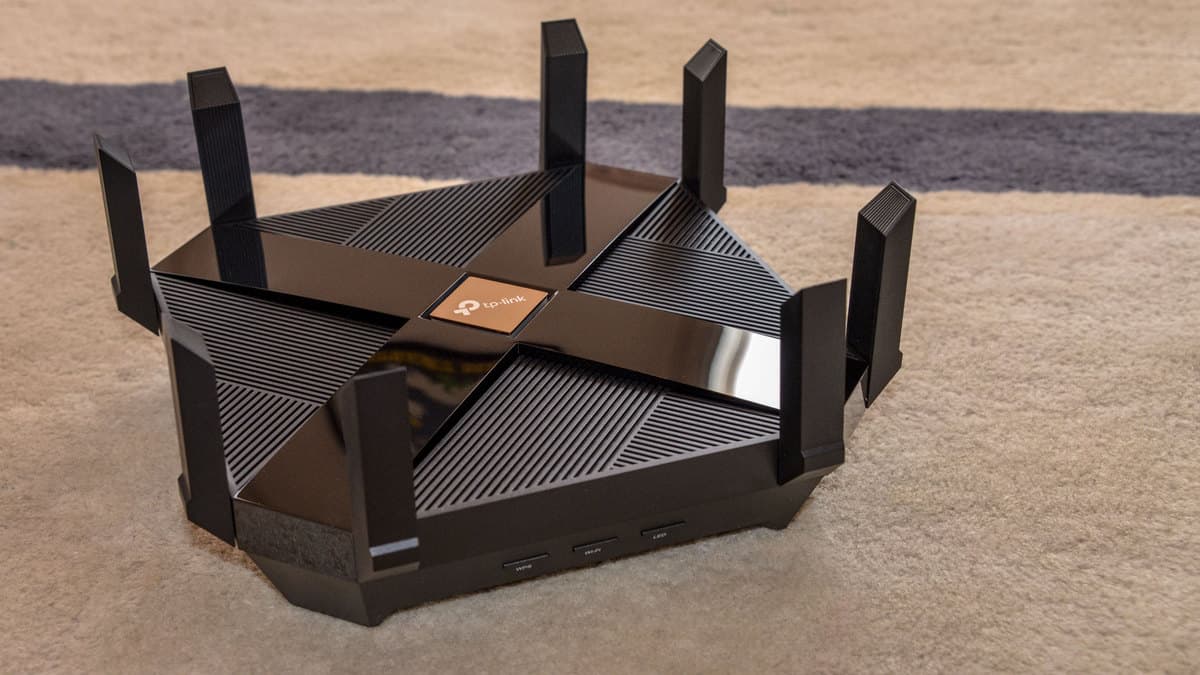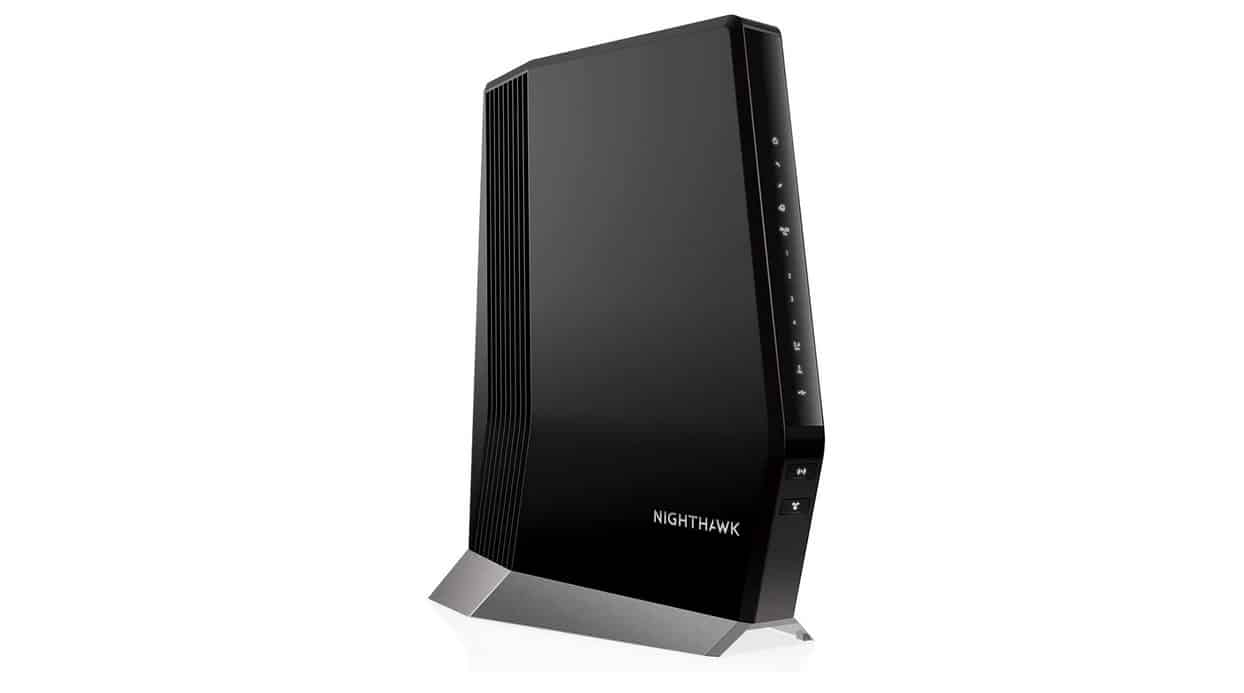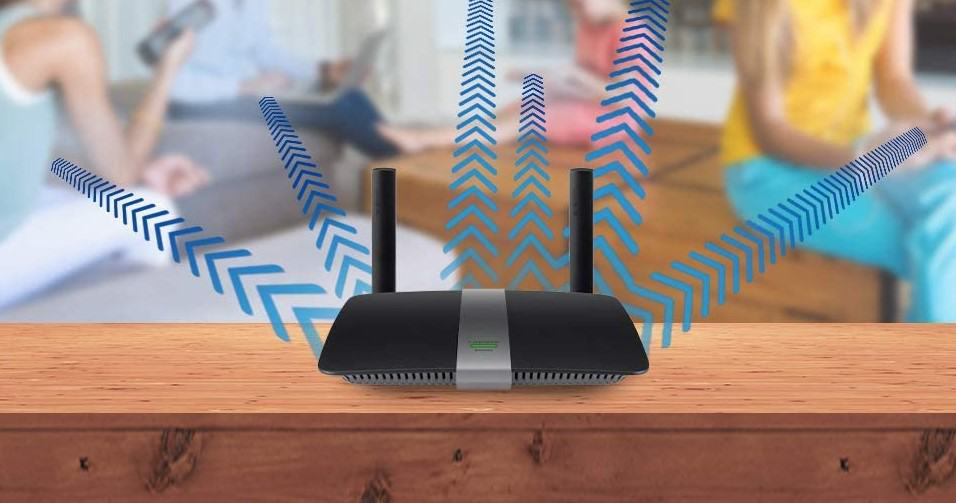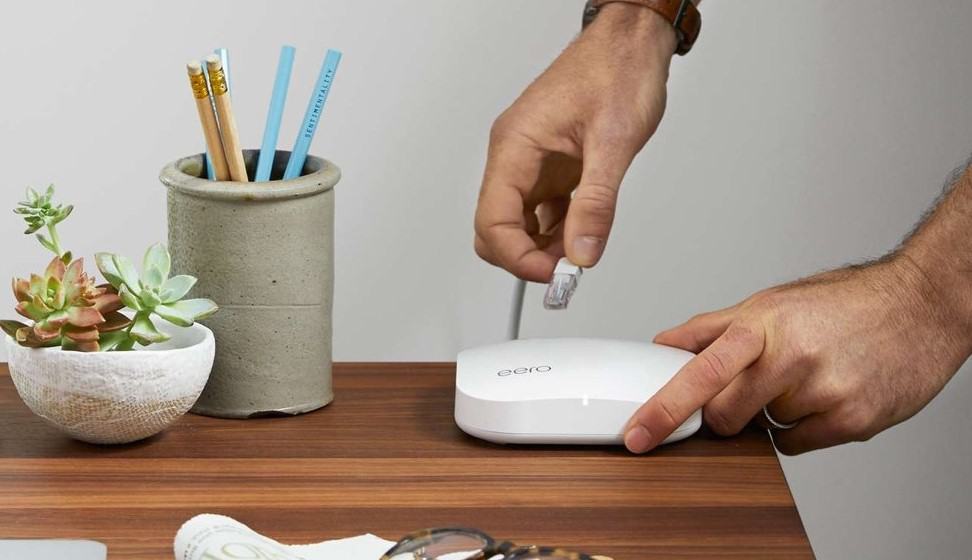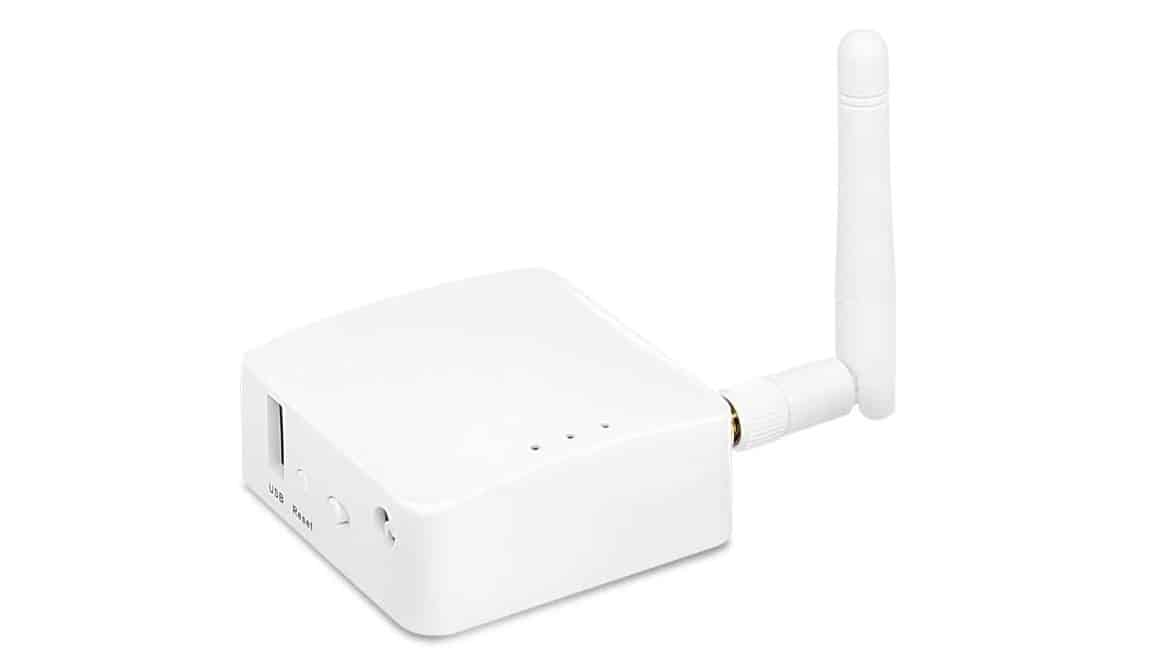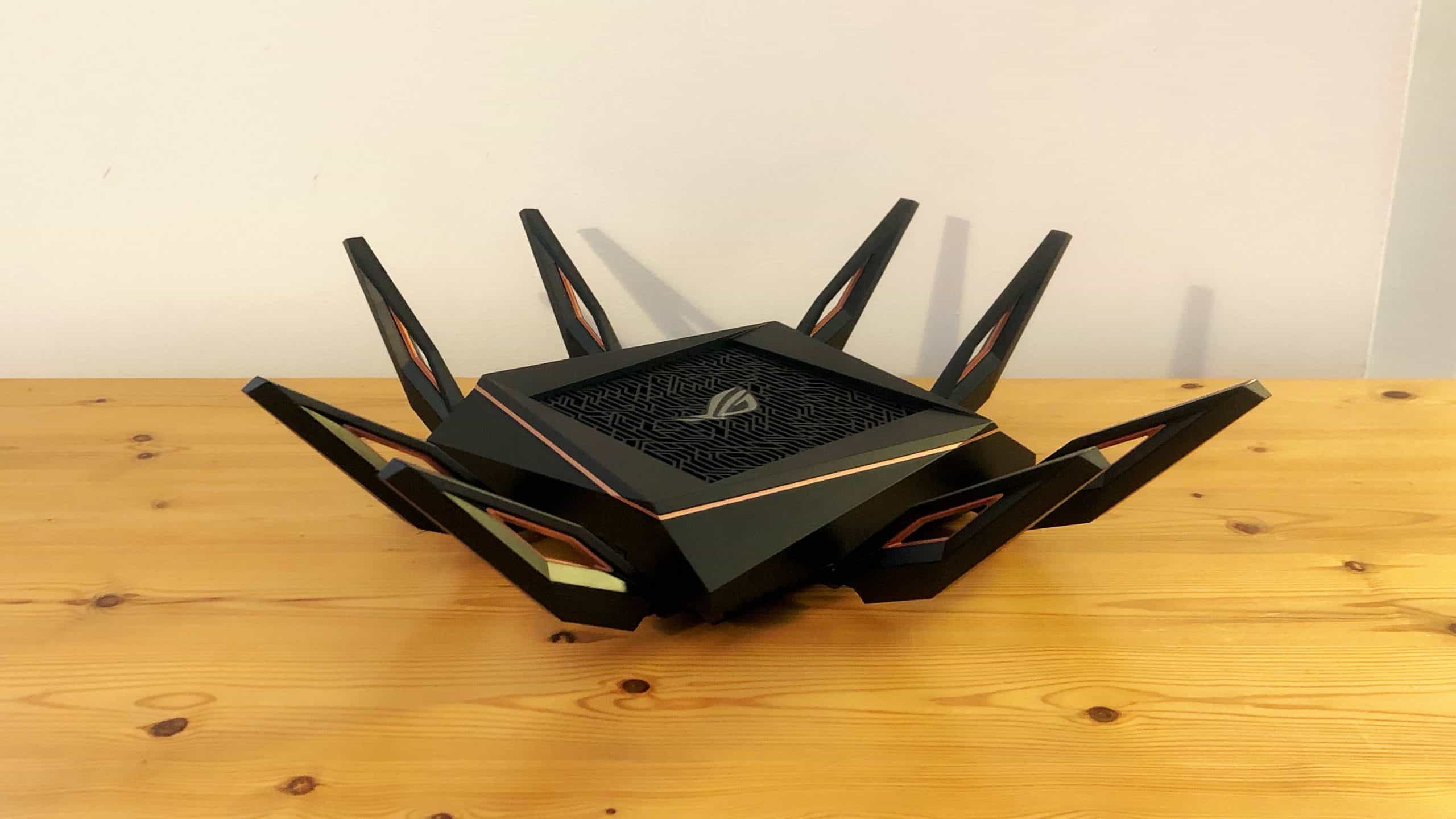Are you looking for info on the best network switches? We have routers covered below.
We’ve all got one somewhere in our homes, and we’ve been buying them up by the barrel-full for years – but do any of us know how wireless routers actually work? As far as most people are concerned, how a router is able to get a physical internet connection converted into bits and bytes that fly through the air might as well be magic, right?
But, even though it may seem complicated at first, how a wireless router works is actually fairly easy to understand, so check out our guide which will break down all the technology and terms you need to know about this vital household appliance!
Wireless Routers: A Brief History
WiFi, or wireless networking as it should be referred to, is a technology that’s actually much older than most people think. First tinkered with by a professor at the University of Hawaii named Norman Abramson, the act of transmitting data over the air was first achieved via HAM radio in 1971, though the technology that made it work was pretty rudimentary by our standards today.
Due to the huge expense of the equipment that was required to make a HAM setup work, wireless technology and the routers that made it run would sit on the shelves until the mid-90’s, when various formats and wireless frequencies were being proposed as the standard for the band that wireless internet would occupy.
Related: The Future of WiFi: What Is Passive WiFi
By 1997, the IEEE (Institute of Electrical and Electronics Engineers) had agreed on the 802.11 standard, which at that time was tied to what we now know as 802.11b. Since then, a few more leaps and bounds have been made in the space of wireless technology bandwidth and speeds. Each jump in the generation of tech would be For example, the “b” standard was the very first to come out, and could support a transmission rate of around 11Mbps on the 2.4Ghz spectrum. Next came the “802.11a” standard in 2002, which was capable of transmitting upwards of 54Mbps over the newly minted 5Ghz frequency spectrum.
Fast forward to today, where the latest and hottest on the market is the 802.11ad standard, which is capable of transmitting a whopping 7Gbps over both the 2.4Ghz and 5Ghz spectrum at the same time.
Wireless Routers: What Are They?
In the simplest terms, a wireless router is a piece of networking equipment which takes a landline internet signal from your ISP, and “routes” that traffic through the air using a series of different radios and antennas. That signal is then decoded by Wi-Fi enabled devices – smartphones, laptops, and the like – which translates the binary data into visible text, pictures, and media content.
The difference between a wireless router and a modem is that while the former is only made to broadcast the signal it receives, the modem is the one that’s actually responsible for decoding it first. A modem is the piece of a equipment you get from your ISP, and it is specific to their service (i.e – can’t be used anywhere else, like a router can). Many ISPs now offer leases on modems which come with their own wireless routers inside, so if you’re not so keen on spending the extra money upfront, a modem/wireless router combo might be the better choice for you.
Next there are switches, a much older technology that dates back to the days of the earliest internet. Standalone switches are almost non-existent these days, mostly on account of the fact that routers do the exact same job while also including additional features like the option to, you know, actually create a wireless signal. Switches are extremely cheap, however, so if you’re only using an Ethernet cable to get from your modem to your computer and have a few more devices that might want to join (again, connected through a hard Ethernet line), then in that very select case a switch might be right for you.
How Does a Wireless Router Work?
Using radio waves transmitted over the 802.11 spectrum, wireless routers take the binary signal provided by your ISP, and send it through the air to a compatible receiving device. The router creates individual IP addresses for each new device that gets added to the network, and, in theory at least, most home routers can support 250 number of connections at a time.
Now whether or not you’ll actually need all that bandwidth is debatable, but regardless, the point is that the router of today are significantly more advanced both in capability and features than the predecessors of yore. New routers take one internet signal and splits it in a dozen directions or more, while also protecting users with a number of backend additions like parental controls and firewalls.
Related: What is WPS (WiFi Protected Setup)?
These features allow you to monitor and control the traffic that flows from the modem to the router and back again, acting as the bouncer/bodyguard that controls what kind of content and media your family can see at any given time. Some other additions to the roster of router features include: QoS management, media servers (through USB), MU-MIMO beamsplitting, mesh networking, and a few select models even offer their own antivirus options in case you need every extra layer of protection you can get.
Lastly, speaking of protection, wireless routers use what’s known as WPA, or “Wi-Fi Protected Access” to secure your connection from outside threats who might try to infiltrate your network to hack you, or just steal some signal for late-night Netflix binges. The technical details of how WPA works are a bit too complex to get into here, but all you need to know is that whenever setting up your new router, you should always choose the option for WPA2-PSK protection, the strongest on the consumer market today.
Wrap Up
Now that you know how a wireless router works and what makes them tick, now you might be asking yourself “How do I get my wireless router to work?” if yours keeps breaking on you. Our suggestion is to call your manufacturer, and walk through your issues with a technician to see what they can do to help you. Although how routers work is pretty basic, when it comes to actually troubleshooting problems with them, there are hundreds, maybe even thousands of different answers that might be the right one for you.
All that said, wireless routers are a constantly evolving set of devices, and the manufacturers who make them are always finding new and exciting ways to innovate on the 40-year old technology. With 802.11AD routers just around the corner and fiber optic lines being laid everywhere, it won’t be long before these Wi-Fi workhorses will be pushing 4K streams of Netflix and Youtube to every device in your home at once, without breaking a sweat.

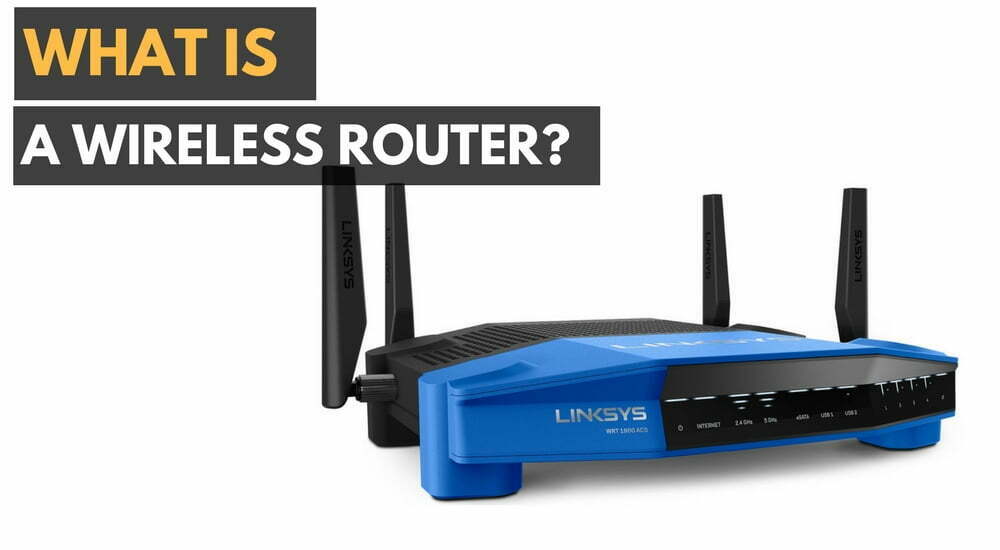


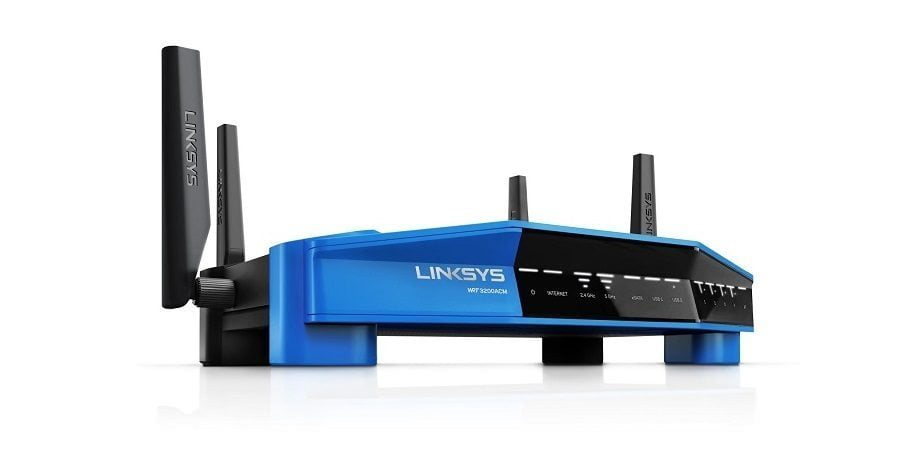

















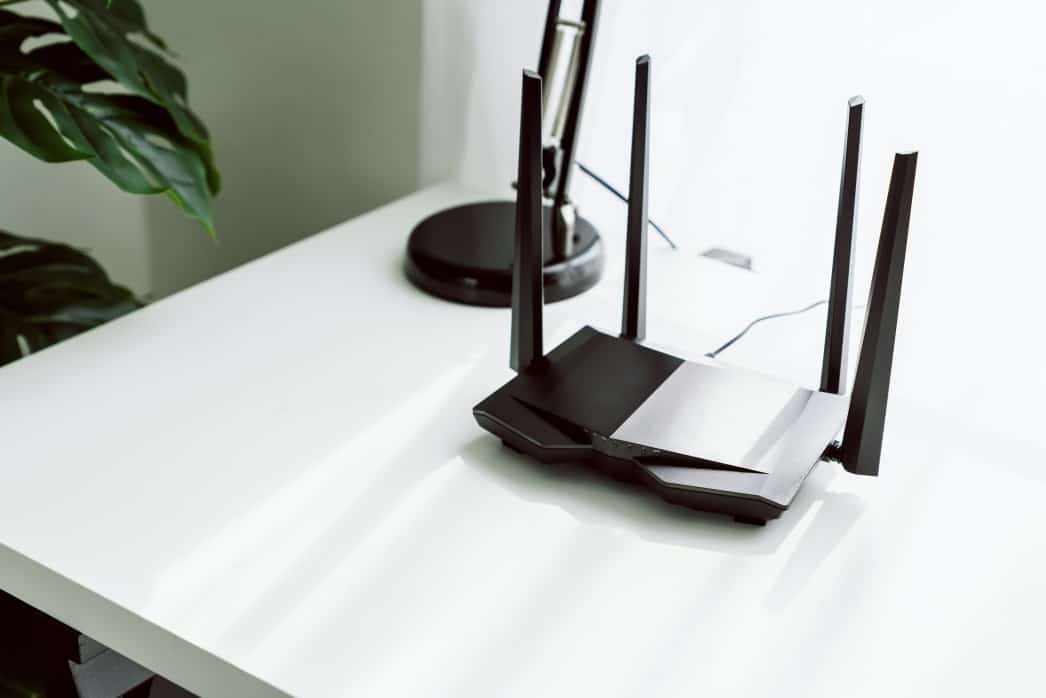
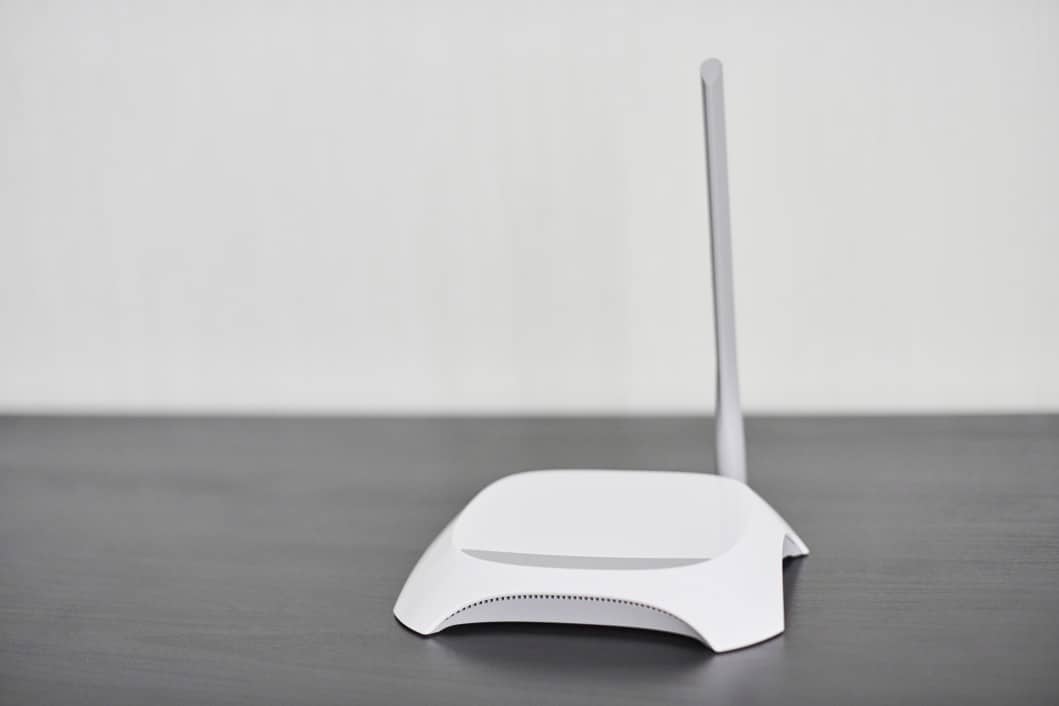



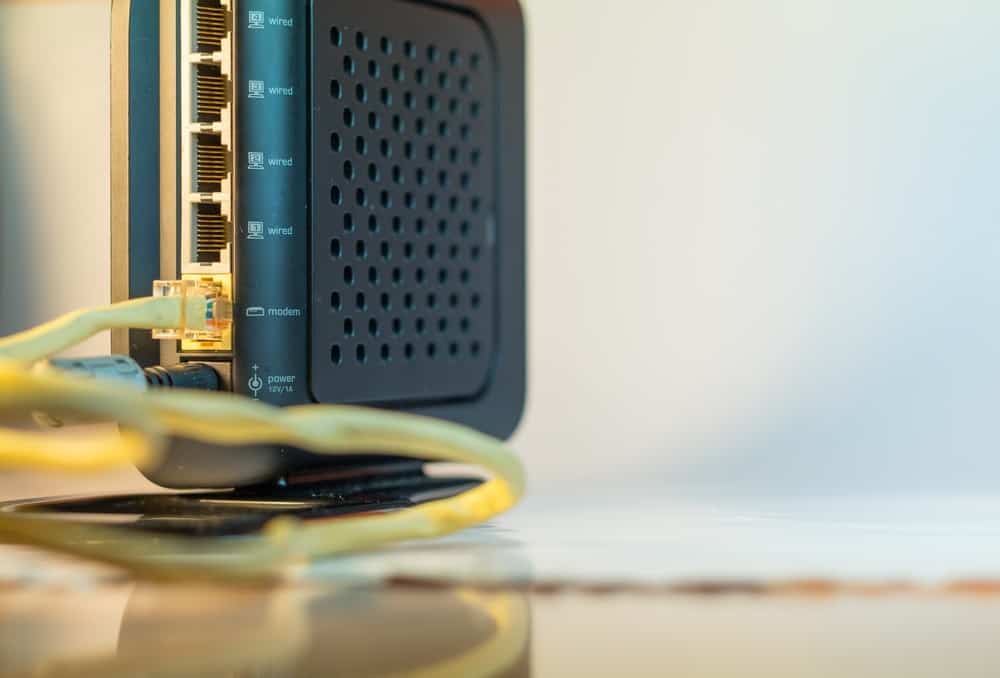

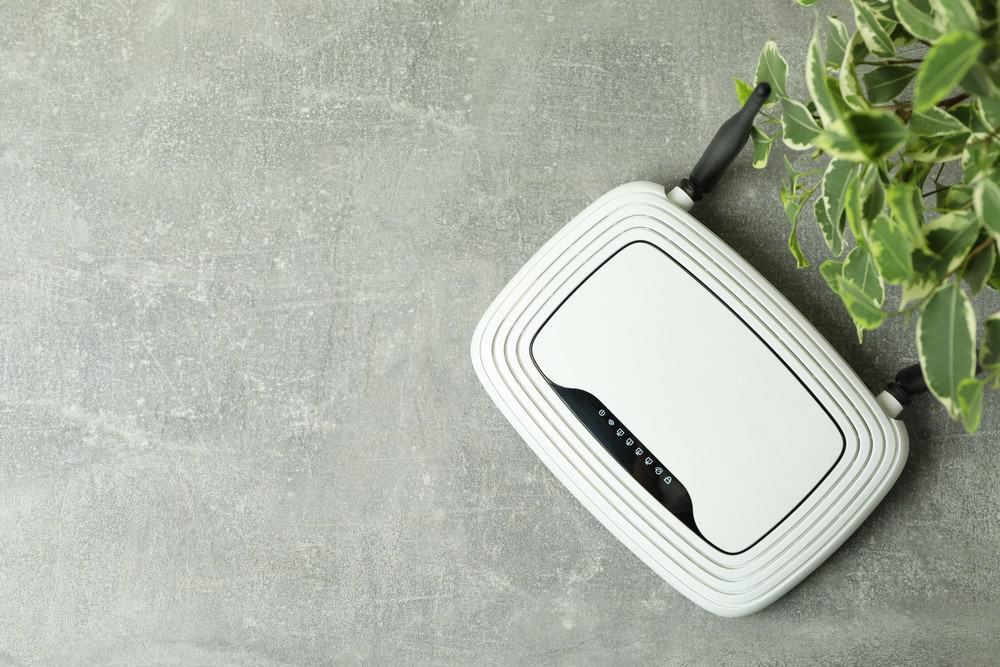
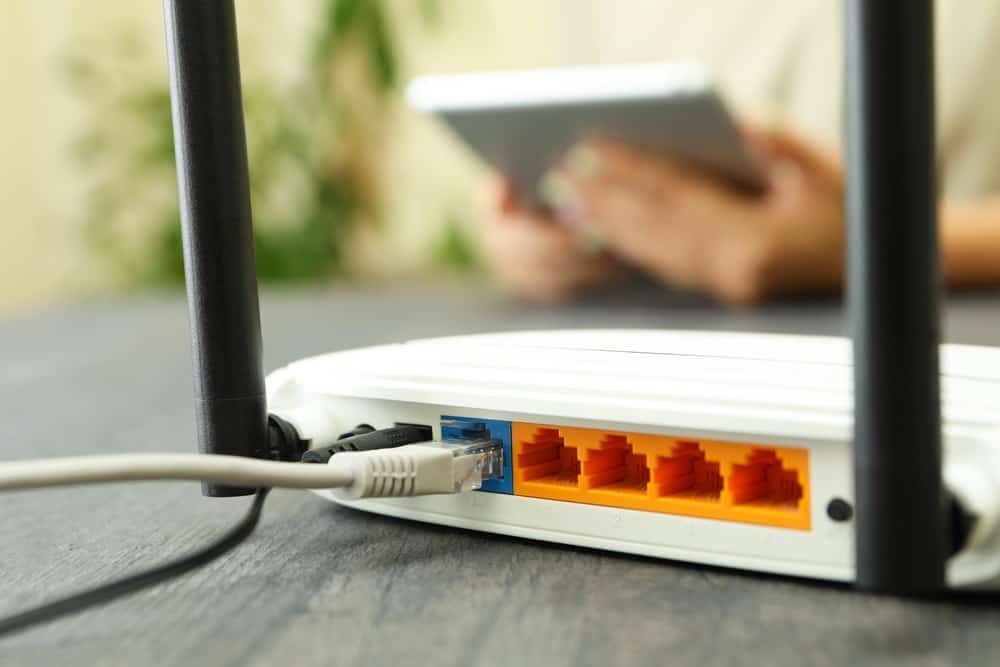
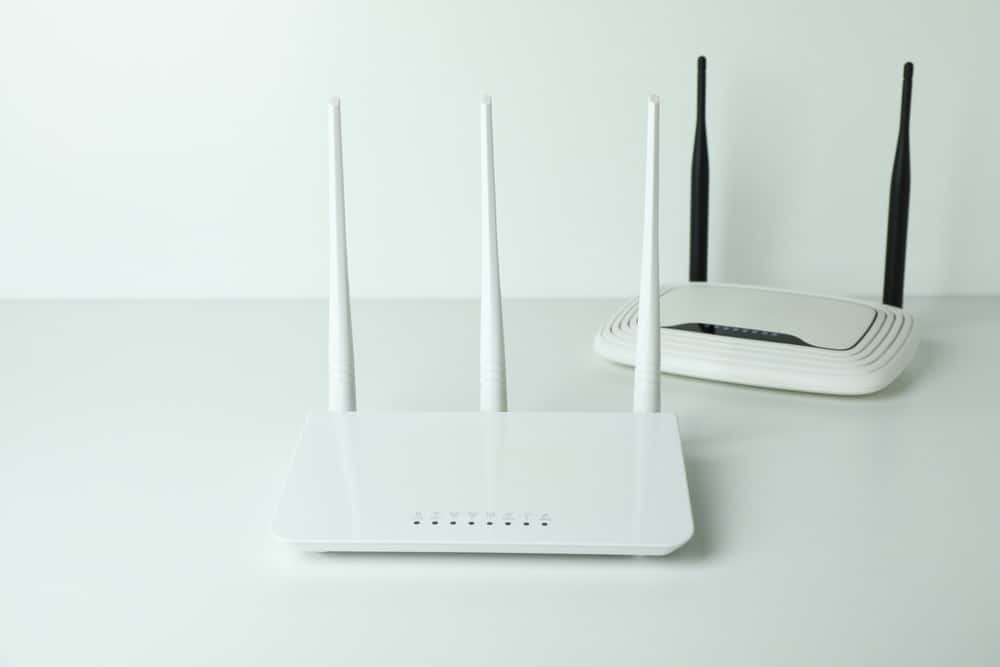
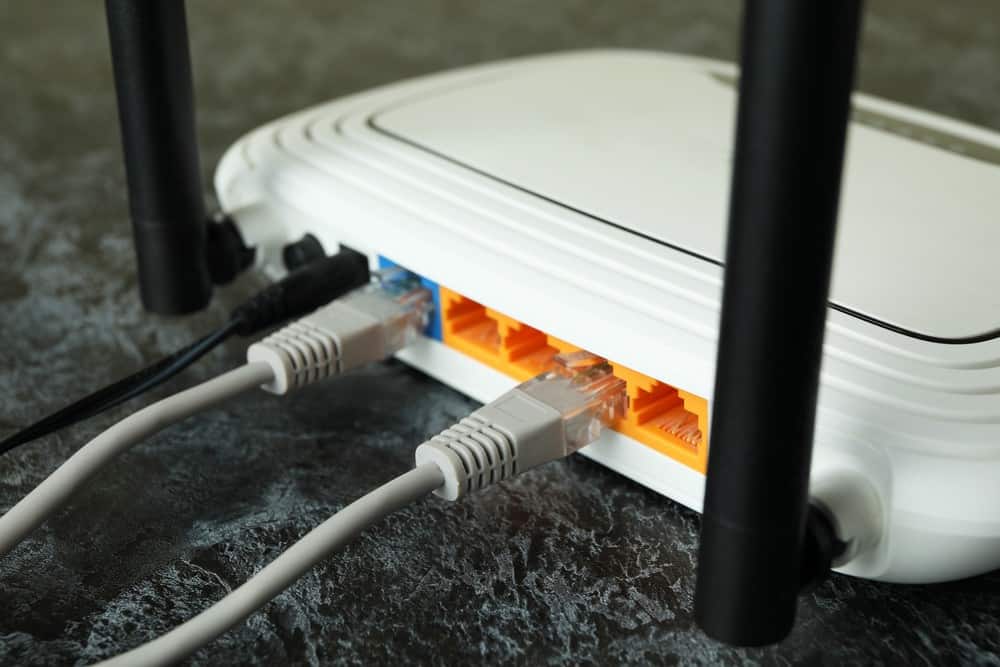
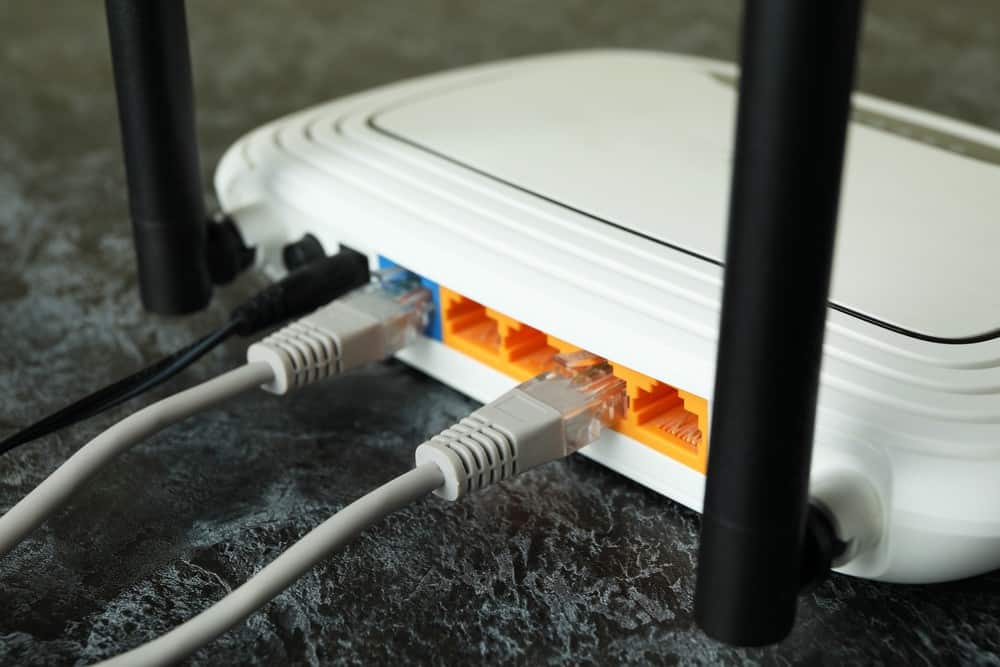

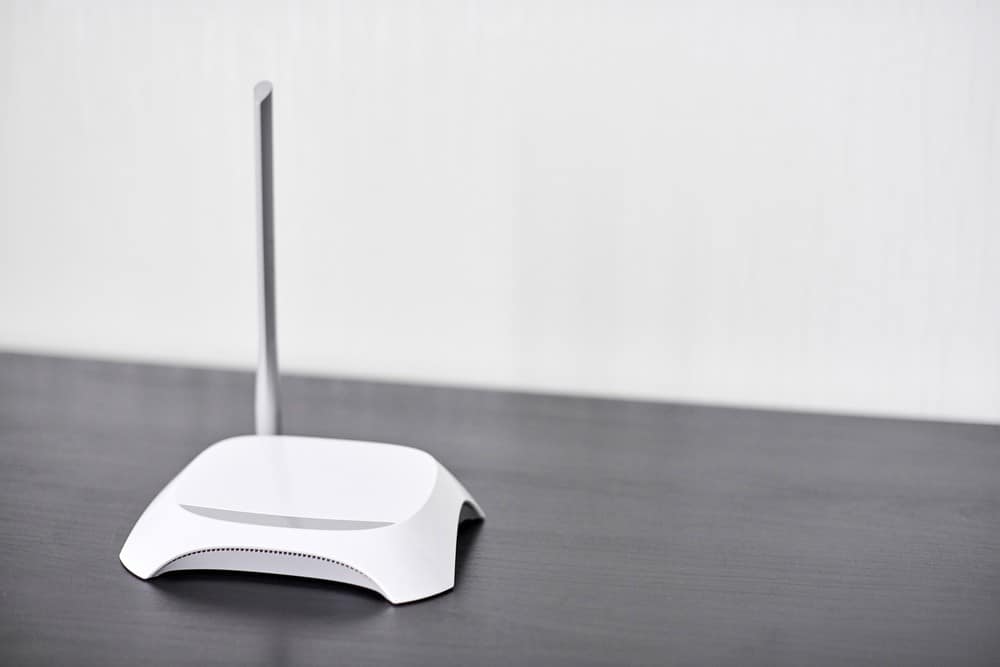
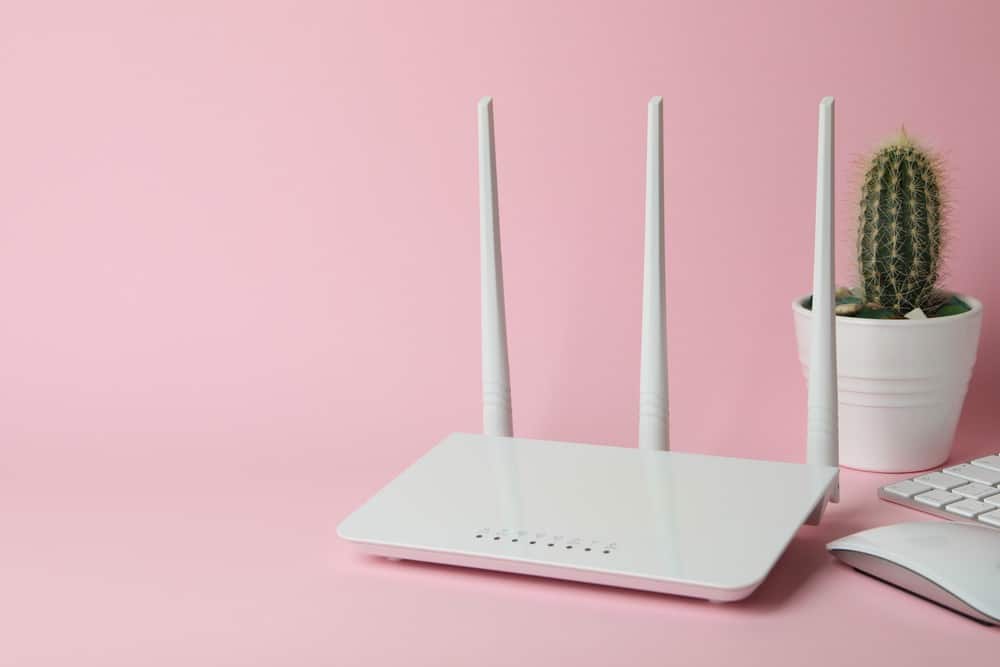
![Best BenQ Monitors in [year] 29 Best BenQ Monitors in 2026](https://www.gadgetreview.dev/wp-content/uploads/best-benq-monitor-image.jpg)
![Best Wifi Extenders For FiOS in [year] 30 Best Wifi Extenders For FiOS in 2026](https://www.gadgetreview.dev/wp-content/uploads/best-wifi-extender-for-fios-image.jpg)
![Best Fiber Optic Routers in [year] 31 Best Fiber Optic Routers in 2026](https://www.gadgetreview.dev/wp-content/uploads/best-fiber-optic-router-image.jpg)
![Best VoIP Routers in [year] 32 Best VoIP Routers in 2026](https://www.gadgetreview.dev/wp-content/uploads/best-voip-router-image.jpg)
![Best Routers for 200Mbps in [year] 33 Best Routers for 200Mbps in 2026](https://www.gadgetreview.dev/wp-content/uploads/best-router-for-200mbps-image.jpg)
![Best Routers for Optimum in [year] 34 Best Routers for Optimum in 2026](https://www.gadgetreview.dev/wp-content/uploads/best-router-for-optimum-image.jpg)
![Best Routers for Apple in [year] 35 Best Routers for Apple in 2026](https://www.gadgetreview.dev/wp-content/uploads/best-router-for-apple-image.jpg)
![Best Routers for Frontier FIOS in [year] 36 Best Routers for Frontier FIOS in 2026](https://www.gadgetreview.dev/wp-content/uploads/best-router-for-frontier-fios-image.jpg)
![Best Secure Routers in [year] 37 Best Secure Routers in 2026](https://www.gadgetreview.dev/wp-content/uploads/best-secure-router-image.jpg)
![Best Routers for Google Fiber in [year] 38 Best Routers for Google Fiber in 2026](https://www.gadgetreview.dev/wp-content/uploads/best-router-for-google-fiber-image.jpg)
![Best Routers for Cox in [year] 39 Best Routers for Cox in 2026](https://www.gadgetreview.dev/wp-content/uploads/best-router-for-cox-image.jpg)
![Best Asus Routers in [year] 40 Best Asus Routers in 2026](https://www.gadgetreview.dev/wp-content/uploads/best-asus-routers-image.jpg)
![Best Linksys Routers in [year] 41 Best Linksys Routers in 2026](https://www.gadgetreview.dev/wp-content/uploads/best-linksys-routers-image.jpg)
![Best Routers for CenturyLink in [year] 42 Best Routers for CenturyLink in 2026](https://www.gadgetreview.dev/wp-content/uploads/best-router-for-centurylink-image.jpg)
![Best WiFi Routers for Multiple Devices in [year] 43 Best WiFi Routers for Multiple Devices in 2026](https://www.gadgetreview.dev/wp-content/uploads/best-wifi-router-for-multiple-devices-image.jpg)
![Best Wired Routers in [year] 44 Best Wired Routers in 2026](https://www.gadgetreview.dev/wp-content/uploads/best-wired-router-image.jpg)
![Best Routers for 4K Streaming in [year] 45 Best Routers for 4K Streaming in 2026](https://www.gadgetreview.dev/wp-content/uploads/best-router-for-4k-streaming-image.jpg)
![Best Cisco Routers in [year] 46 Best Cisco Routers in 2026](https://www.gadgetreview.dev/wp-content/uploads/best-cisco-routers-image.jpg)
![Best eero Routers in [year] 47 Best eero Routers in 2026](https://www.gadgetreview.dev/wp-content/uploads/best-eero-routers-image.jpg)






